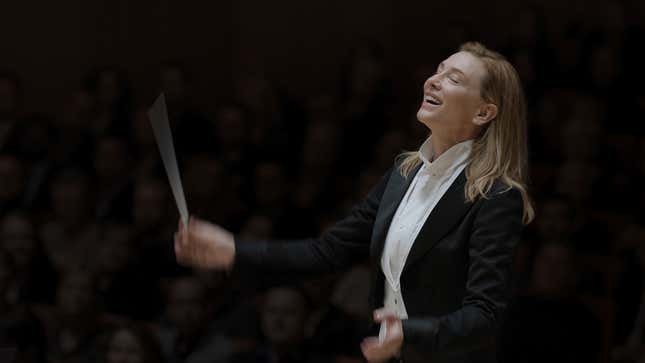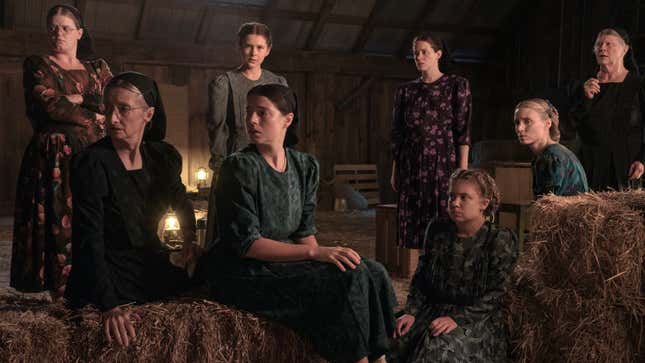Cate Blanchett Is Better Than Ever in Cancel-Culture Parable ‘Tár’
Aftersun, Triangle of Sadness, and Women Talking were also on the New York Film Festival's slate.
EntertainmentMovies

Are movies back? Finally? Signs point to yes at this year’s New York Film Festival, which is packed with buzzy films that may keep people buzzing throughout the movie season. Below is a look at some of what’s coming and what’s already here—both the exquisite Tár and the…less exquisite Triangle of Sadness are in theaters today.
Tár
There are great performances, and then there’s the kind of possession that Cate Blanchett evinces in Tár, Todd Field’s first movie since 2006’s Little Children. Blanchett plays Lydia Tár, the kind of superstar conductor who can command a crowd by sitting down for a New Yorker interview at Lincoln Center. Early scenes establish Lydia’s possession and power—during a lecture at Juilliard, she dresses down a Black student who says he can’t take Bach’s music seriously as a result of the composer’s misogyny. The quiet virtuosity displayed in the scene—probably around 20 minutes captured all in one shot as the camera glides around the lecture hall in an unhurried and tangent-prone, 180-degree turn—lets us know we’re in the hands of masters.-

-

-

-

-

-

-

-

-

-

-

-

-

-

-

-

-

-

-

-

-

-

-

-

-

-

-

-

-

-

-

-

-

-

-

-

-

-

-

-









































